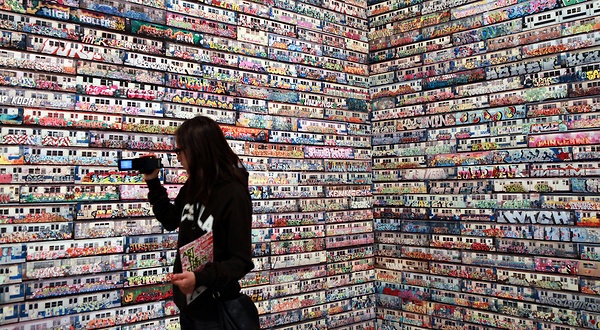Populism, Insularity, and Binaries That Serve No-One

From Roberta Smith, “A Los Angeles Museum on Life Support,” New York Times, July 22, 2012:
“Maybe two out of three isn’t bad. Los Angeles has gotten two quite effective museum directors from New York. Ann Philbin went from the Drawing Center to head the Hammer Museum. Michael Govan went from the Dia Art Foundation to become director of the Los Angeles County Museum of Art. Both seem to be doing swimmingly. But a much rougher time is being had by the third, Jeffrey Deitch, who closed his SoHo gallery in the spring of 2010 to become director of the Museum of Contemporary Art, an institution with an enviable curatorial record but historically plagued by financial problems. Criticism about his tenure has been constant, but has intensified over the last three and a half weeks in the wake of the departure under pressure of Paul Schimmel, the museum’s brilliant, headstrong chief curator, after a vote by the trustees. […]
Whether or not Mr. Deitch was the best person for the job now seems largely moot. He is the one who said yes, who showed up and has thrown himself into what may actually be a kind of mission impossible, with or without his many errors in judgment. At this point he, Mr. Broad and the other trustees only have one another. They have got to make it work. The main way for this to happen is for the other board members to step up to the plate and give enough money to counterbalance Mr. Broad’s contributions and his views. You can’t have a one-person board any more than you can have a one-person museum.
For his part Mr. Deitch has to become a real museum director. He has to stop organizing exhibitions — in part to create more of a firewall between his new job and his previous identity. He has to hone his fund-raising skills and hire and cultivate curators, including, as The Los Angeles Times said in an editorial on Friday, a new chief curator — which of course will take money.
And although one can be grateful for the wake-up call delivered by the departures of the four artist-trustees, artists need to reassert themselves in the life of this museum. They have the numbers and the clout to make a difference. Above all they have the vision. The Los Angeles cultural world cannot turn its back on an institution that has been so central to its stature as one of the world’s greatest art capitals.”